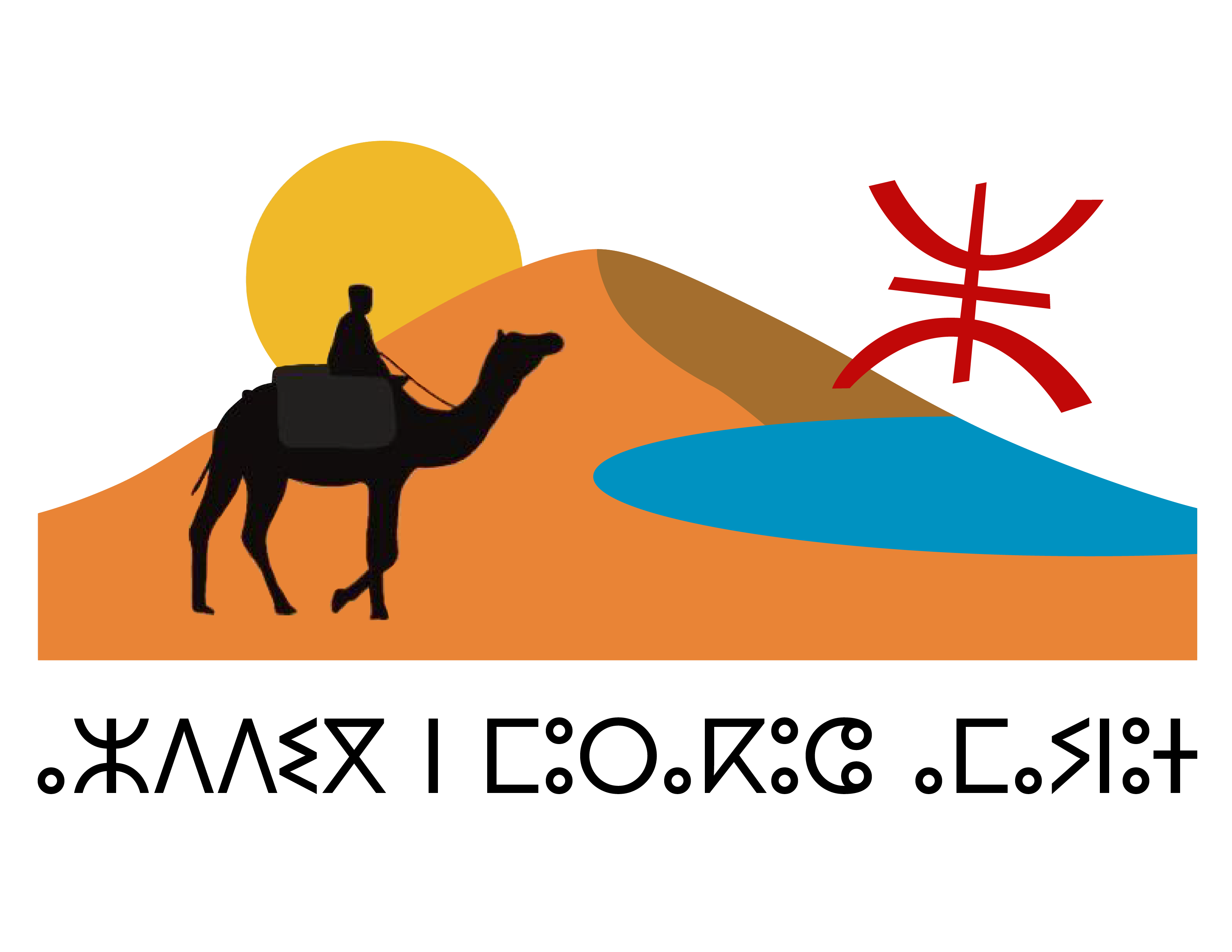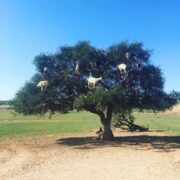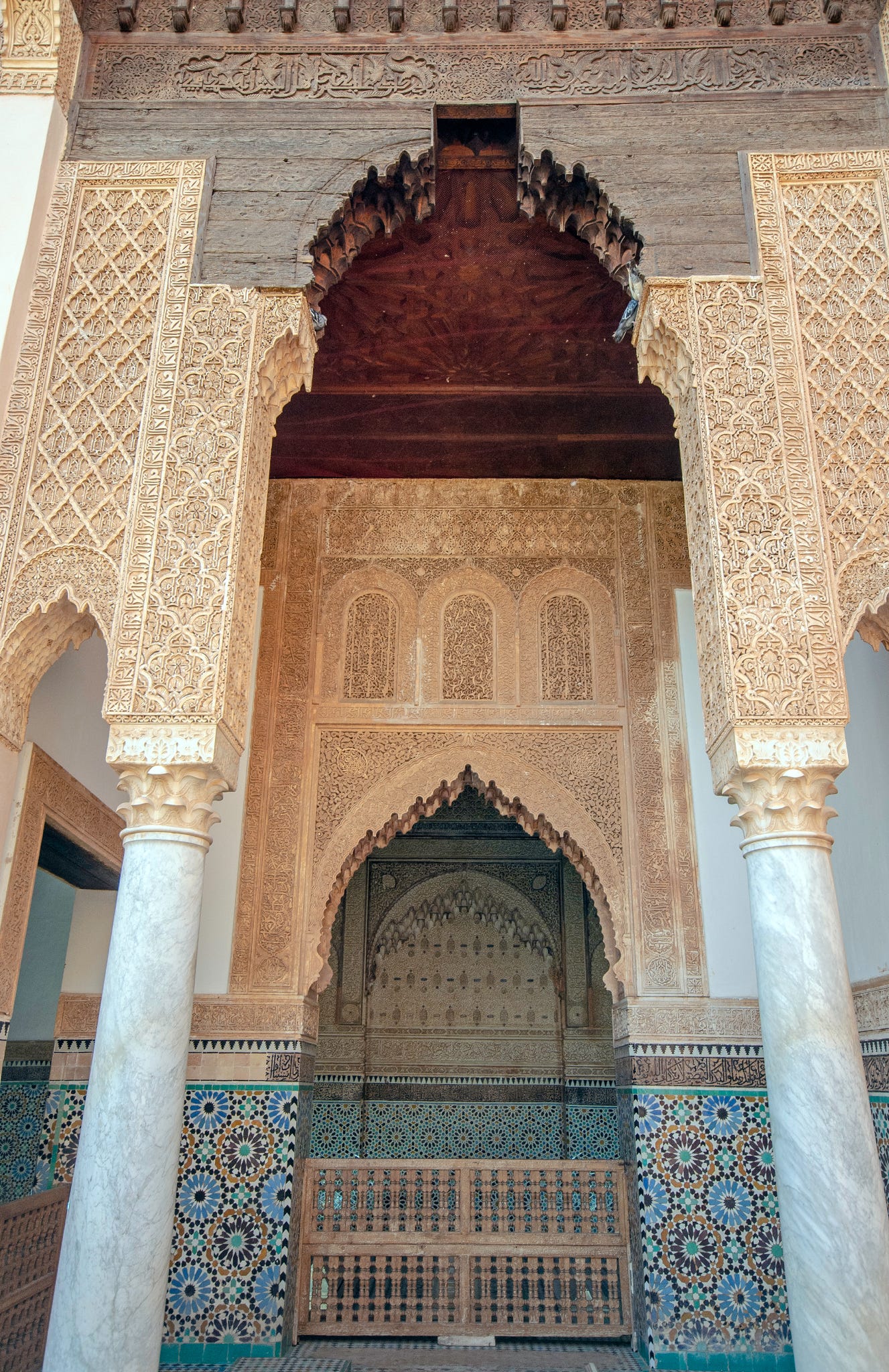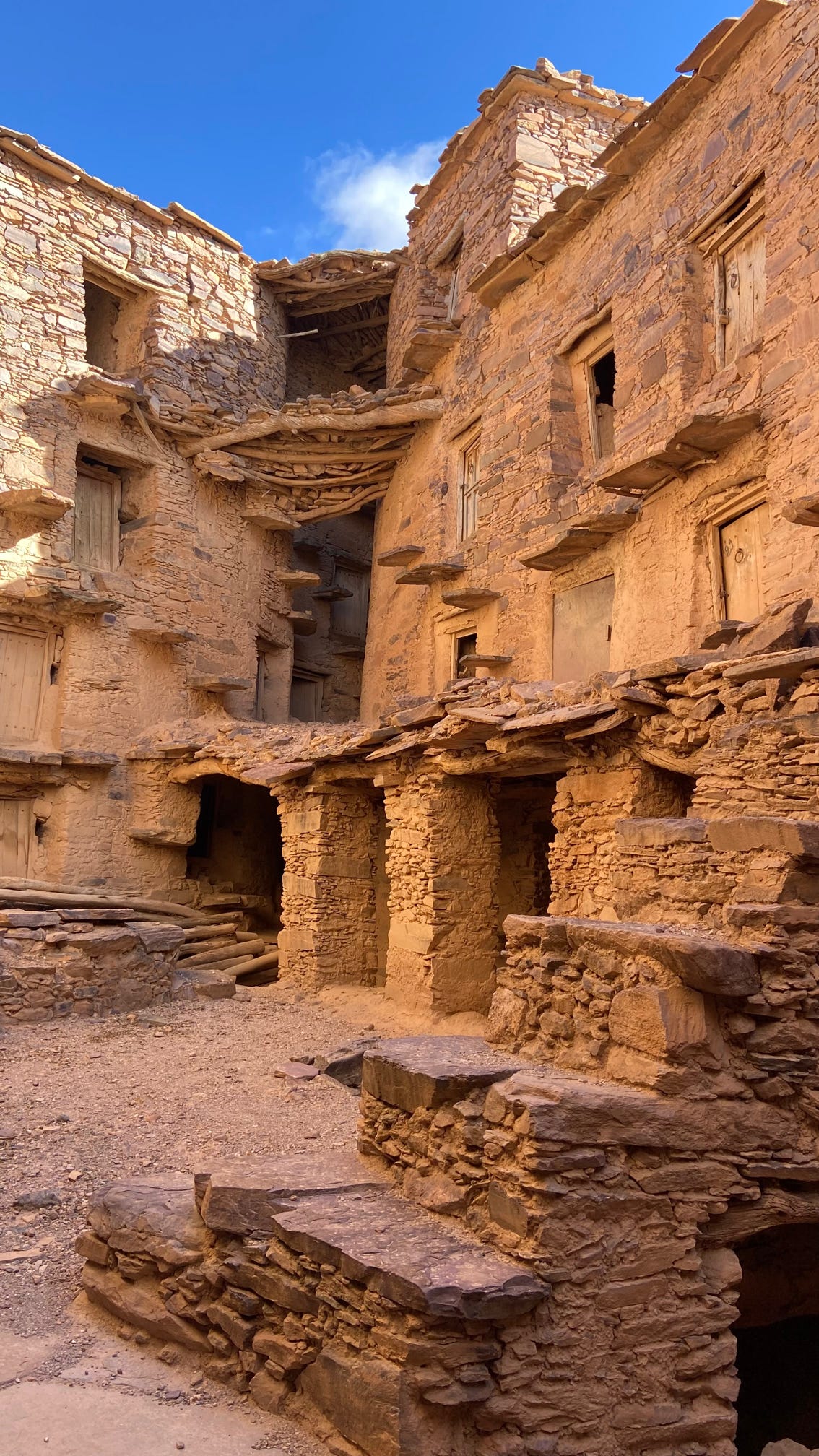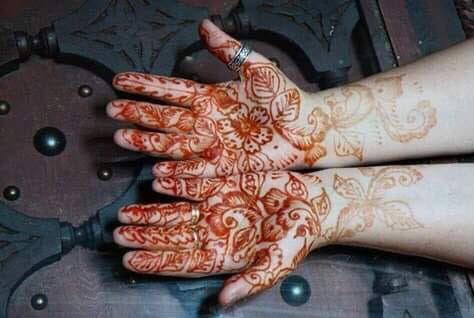
Henna in Morocco:The Fascinating and Intricate Art of Henna and its Origins 7
In Morocco, the use of henna has a long-standing traditional and cultural significance. It’s a reddish-brown dye obtained from a plant that grows in the Mediterranean area. It has many uses in Morocco and is often associated with joyous occasions such as births, weddings and religious celebrations.
History
It can be traced back to the times of the early nomadic Berber communities. Many Moroccans still see a henna tattoo as a symbol of good luck and believe that it can help to guard against bad luck. Henna is used as a natural remedy due to its cooling properties and also as a natural hair dye, giving a reddish tint. It is used to condition and strengthen hair.
The Art
Henna art is highly valued in Moroccan culture as a form of self-expression and creativity. Skilled artists create beautiful and elaborate designs that hold cultural meanings and are admired for their artistry.
They have the creative freedom to craft personalised designs that reflect individual tastes and preferences while still honoring the rich cultural heritage of henna art in Morocco. The beauty of it lies in its adaptability, allowing artists and individuals to express their creativity while honouring their cultural heritage.
In rural areas, henna preparation and application can be a communal activity, where women come together to grind henna leaves, mix the paste, and apply it to each other’s hands. It’s use in Morocco has been passed down through generations and remains an essential part of Moroccan cultural heritage.
Celebrations
Henna plays a central role in Moroccan wedding celebrations. Before the wedding day, the bride and often the female guests gather for a “henna night”. Skilled artists create intricate designs on the bride’s hands and feet, symbolising beauty, good luck, and fertility.
The designs can be elaborate and can take hours to complete. It’s also a common practice to have patterns on the hands and feet during festive times and Islamic celebrations like Eid, and women and girls often apply it as a way to celebrate and make themselves beautiful for the occasion.
Designs and Patterns
Henna designs and patterns can vary widely based on cultural traditions, regional influences, and personal preferences. In Morocco, designs often feature intricate motifs. These can include floral designs symbolising beauty, love and purity, geometric patterns, admired for their symmetry, and Boteh(teardrops) symbolising growth and eternity.
In some Moroccan designs, you may find symbols inspired by the indigenous Amazigh (Berber) culture, these can include ancient motifs representing fertility, protection, and cultural identity. The Hand of Fatima is another common design along with the peacock symbolising beauty and pride.
Henna is applied most commonly to the hands and feet, with bracelets and bands encircling the wrists and ankles. For special occasions these designs are extended to the palms, fingers and toes.
Regional Differences
It’s important to note that designs vary by specific regions within Morocco, from the Rif mountains in the north to the Southernmost regions of the Sahara the designs are unique and have evolved based on cultural traditions. In particular in more urban areas modern and international influences have contributed to a different style of henna tattooing.
Modern henna art has seen a fusion of cultural influences, and contemporary designs that may incorporate elements from different traditions, creating unique and innovative patterns. Significantly henna has transcended cultural boundaries and has gained popularity in other parts of the world as well, especially for its temporary and natural body art applications
Table of Contents
contents

